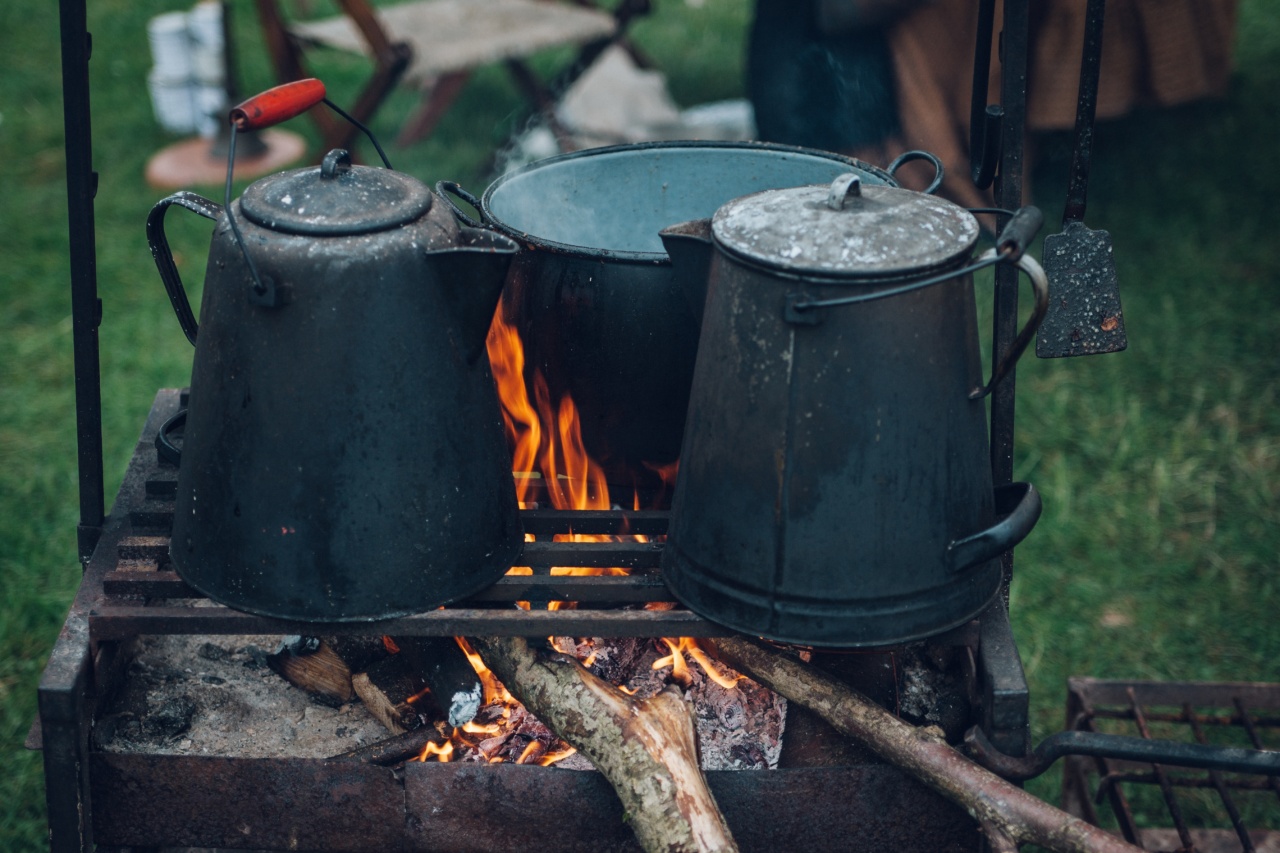Anemia is a common blood disorder that occurs when the body lacks enough healthy red blood cells or has low levels of hemoglobin, the protein that carries oxygen to the body’s tissues.
This condition can leave you feeling fatigued, weak, and short of breath. Anemia can have various causes, including nutritional deficiencies, chronic diseases, and genetic disorders.
In this article, we will explore the diagnosis, symptoms, and foods that can help boost iron levels, which is often a key component in treating anemia.
Diagnosing Anemia
Anemia can be diagnosed through several diagnostic tests.
The most common method is a complete blood count (CBC), which measures the number of red blood cells, hemoglobin levels, hematocrit (the percentage of red blood cells in the total blood volume), and other blood cell types. Additionally, your doctor may request a peripheral blood smear, which involves examining a sample of your blood under a microscope to evaluate the size, shape, and appearance of your red blood cells.
Types and Symptoms of Anemia
There are several types of anemia, each with its own distinct causes and symptoms:.
1. Iron-Deficiency Anemia
Iron-deficiency anemia is the most common type of anemia and occurs when the body lacks an adequate amount of iron to produce sufficient hemoglobin. Symptoms may include:.
- Fatigue
- Weakness
- Pale skin
- Shortness of breath
- Dizziness
2. Vitamin Deficiency Anemia
Vitamin deficiency anemia can result from a lack of essential vitamins like vitamin B12 or folate. Symptoms of this type of anemia can include:.
- Weakness
- Fatigue
- Tingling or numbness in the hands and feet
- Difficulty concentrating
3. Hemolytic Anemia
Hemolytic anemia occurs when red blood cells are destroyed faster than the body can replace them. Symptoms may include:.
- Fatigue
- Jaundice (yellowing of the skin and eyes)
- Dark urine
- Abdominal pain
- Enlarged spleen
4. Aplastic Anemia
Aplastic anemia is a rare condition where the body’s bone marrow fails to produce enough red and white blood cells, as well as platelets. Symptoms may include:.
- Fatigue
- Shortness of breath
- Increased susceptibility to infections
- Easy bruising or bleeding
5. Sickle Cell Anemia
Sickle cell anemia is a genetic disorder that causes red blood cells to become misshapen and break down prematurely. Symptoms can range from mild to severe and may include:.
- Painful swelling of the hands and feet (due to blocked blood flow)
- Delayed growth in children
- Frequent infections
- Yellowing of the eyes and skin (jaundice)
Foods to Boost Iron Levels
One of the key nutritional factors in treating and preventing anemia is maintaining healthy iron levels. Here are some iron-rich foods to consider incorporating into your diet:.
1. Leafy Greens
Leafy greens such as spinach, kale, and Swiss chard are excellent sources of iron. They can be consumed raw in salads or cooked as part of various dishes.
2. Red Meat
Red meat, especially beef and liver, is rich in heme iron, which is highly absorbable by the body. Including lean cuts of red meat in your diet can help increase your iron levels.
3. Legumes
Legumes, including lentils, beans, and chickpeas, are not only high in iron but also a good source of plant-based protein and fiber. Adding legumes to your meals can provide a significant iron boost.
4. Seafood
Seafood, such as oysters, clams, and shrimp, is another great source of iron. Additionally, certain types of seafood also provide important nutrients like omega-3 fatty acids.
5. Nuts and Seeds
Nuts and seeds, particularly pumpkin seeds, cashews, and almonds, offer a variety of health benefits, including iron. They can be enjoyed as a snack or added to meals for an extra nutrient boost.
6. Fortified Cereals and Grains
Many cereals and grains are fortified with iron and other essential nutrients. Opt for whole grain options, such as fortified oatmeal, to increase your iron intake.
7. Dried Fruit
Dried fruits like raisins, apricots, and prunes are concentrated sources of iron and make for a convenient and nutritious snack.
8. Tofu
Tofu is a versatile, plant-based protein that contains iron. It can be included in various dishes, such as stir-fries or salads, to boost iron levels.
9. Dark Chocolate
A delightful source of iron, dark chocolate with a high cocoa content is not only delicious but also contributes to your iron intake.
10. Vitamin C-Rich Foods
Pairing iron-rich foods with vitamin C-rich foods can enhance iron absorption. Some excellent sources of vitamin C include citrus fruits, strawberries, bell peppers, and tomatoes.
It’s important to note that while incorporating iron-rich foods into your diet can be beneficial, it’s always best to consult with a healthcare professional for personalized advice and guidance.






























